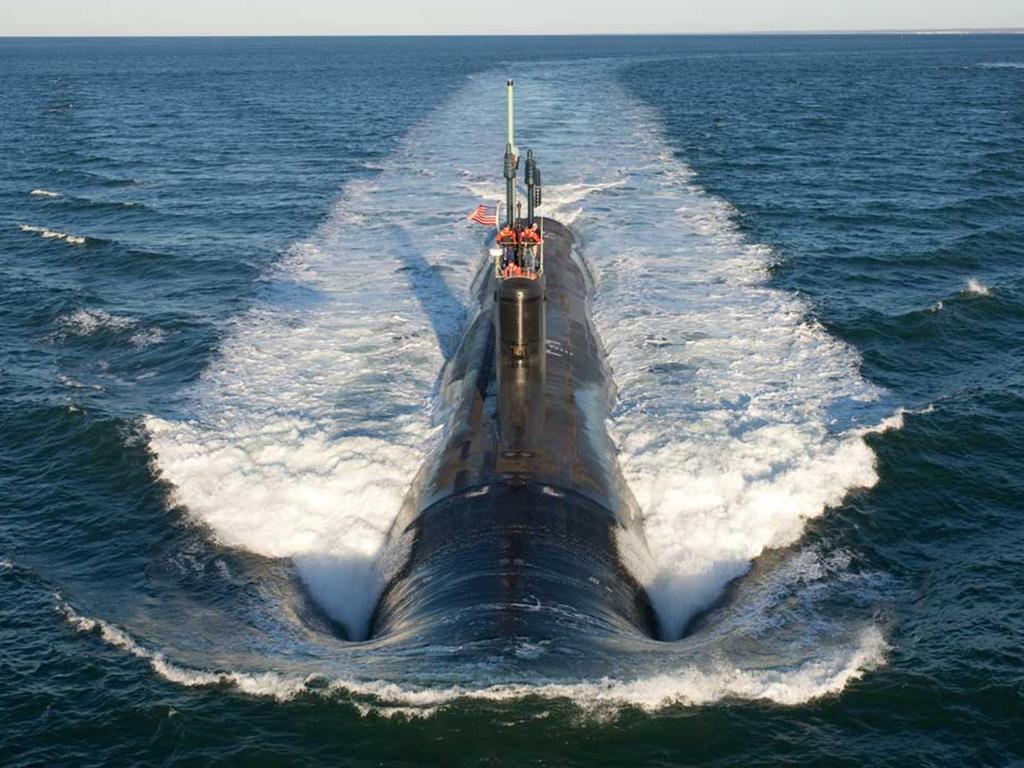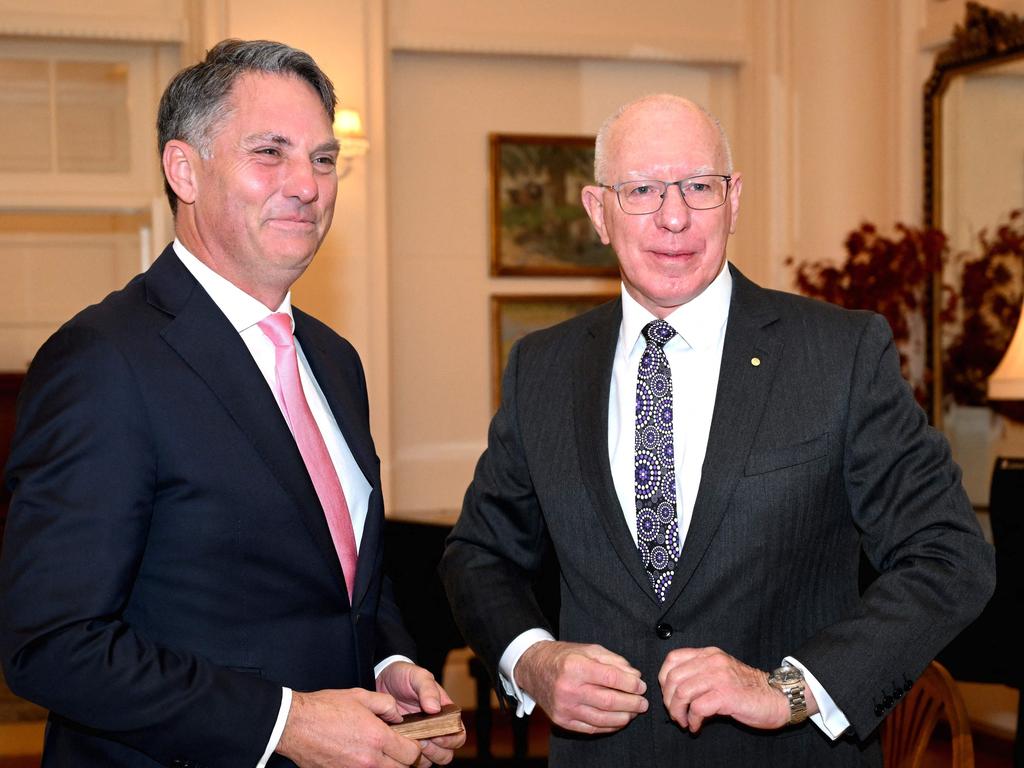Nuclear-powered subs plan would speed a vital process

In his article, Mr Dutton wrote that he was speaking out “because Labor is on the cusp of making a very dangerous decision, which would clearly be against our national security interests”.
On Monday, Mr Marles said one of his top priorities was plugging the gap between the retirement of Australia’s ageing Collins-class fleet and the arrival of nuclear-powered submarines under AUKUS. Mr Marles said he had an “open mind” on the option of procuring an additional fleet of conventional submarines – a “son of Collins” – to use in the interim. He said the 2040s were “too far away” to wait for a replacement for the Collins-class fleet. True. In Australia’s deteriorating strategic environment, that must be the main consideration. It is far more important than political pointscoring.

If successful, the plan outlined by Mr Dutton would eliminate the dangerous capability gap following the retirement of the Collins-class submarines from 2038. Mr Dutton, taking credit for a plan that would help shore up his legacy as defence minister, said the option was “laid out” for Mr Marles to follow. It would make an interim “son of Collins” submarine unfeasible, as Mr Dutton argued, “because he (Mr Marles) wouldn’t have the new class of subs (with old diesel-electric systems) in the water before the Chinese have the technology making them easily detectable and inoperable. And as defence leaders here and in the US strongly advised me, Australia doesn’t have the construction workforce, let alone the crew capability, to run three classes of submarines”.
Australia needed nuclear technology because the advice from defence experts was clear. “Diesel-electric submarines would not be able to compete against the Chinese in the South China Sea beyond 2035. The diesel-electric submarine needs to come to the surface to ‘snort’ – recharge her batteries – and would be detected by emerging radar technologies.” On Thursday, Mr Dutton said he would have been “in a position to make an announcement around July, August”.

Given his experience, Mr Dutton should not be surprised by the criticisms his revelation has provoked. University of Western Australia Defence and Security Institute director Peter Dean said he was flabbergasted by Mr Dutton’s disclosure of “secret and confidential discussions”. Professor Dean said the former minister had “potentially undermined” further discussions with the US on the option, “making it more difficult now for the government to follow through on the option he has outlined”.
Australian Strategic Policy Institute senior analyst Marcus Hellyer claimed the Dutton plan appeared “far-fetched” because production lines in Connecticut and Virginia were running “flat out” to deliver submarines for the US Navy.
Mr Dutton believed it was possible to negotiate with the US to acquire Australia’s first two nuclear-powered submarines off the production line this decade. Further subs could be built in South Australia. Defence preparedness and timing must be the government’s prime concerns. Mr Dutton has tried to steal a march for political reasons. His plan as outlined makes eminent sense.
More Coverage







Peter Dutton’s disclosure that the Morrison government had the Defence Department working on a plan to buy two Virginia-class nuclear-powered submarines from the US by 2030 has sparked a storm of controversy. The Opposition Leader made the revelation in his commentary article in The Australian on Thursday. It prompted his successor as Defence Minister, Richard Marles, to claim Mr Dutton had damaged the national interest by speaking out: “The comments are loose and undermine the AUKUS agreement. The government has made no decision on the preferred submarine. All options remain on the table.”